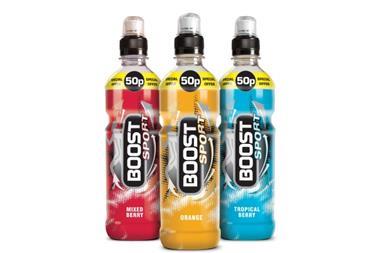It’s often difficult to attribute a solid bottom line impact to your social media activities. Most CMOs will concur a channel like Facebook is primarily about awareness and engagement - designed to drive your brand front of mind when an impulse or product need arises.
Facebook carries the highest dwell/time spent of any website in the UK, so the opportunity to drive sales is there, but are users ready to buy? And are they ready to buy within Facebook itself?
”Is ‘buy button’ the ROI opportunity we have been waiting for?”
COO Cheryl Sandberg is ready to find out. Her team wants to close the gap between the awareness stage of the purchase funnel and the consideration stage, and provide a vehicle for the user to convert to a sale within the platform itself. This came with the announcement of the Facebook ‘buy button,’ which is being piloted with a selected number of brands in the US. Brands will have the ability to post their products to the Facebook newsfeed, and users can purchase a product directly by entering their credit card into an app within Facebook itself.
“Is this is the ROI opportunity we have been waiting for!?!” I hear you cry. Well, I approach the idea with a little scepticism. I remember when the various third-party Facebook shop apps were produced. To this day, I am not aware of a major brand success story in that context. For me, that boils down to mindset and it’s a pretty good indicator the buy button won’t be a guaranteed success. Have you ever been ‘Facebooking,’ saw a nice, relevant product and felt the overwhelming urge to buy it immediately? Me neither.
So when could it work? The most apparent low-hanging fruit would be time-sensitive, impulse-focused buy button ads. But the biggest opportunity for the buy functionality in my opinion is a digital wallet. When the user enters their details for the first time, Facebook could allow the user to save them in a digital wallet. There then lies the potential to take your Facebook wallet with you outside the platform, allowing you to pay with the click of a Facebook button on, say, Ocado or ASOS.com. The snag being that Facebook might get to track your purchases.
Interestingly, Facebook has said it has no immediate plans to look at a rev-share model for the buy button, which on the face of it seems like a lost opportunity. This can only mean one true focus - data. Facebook has the most powerful audience profiling in the world. It knows what makes you tick. If and when Facebook truly unites sales and personal/social data, it could offer scarily powerful targeted advertising, which could completely reinvent the way we look at Facebook’s role in the purchase funnel. Essentially, it could be a purchase funnel.
John Barton is managing partner and co-founder of TestifyDigital



















No comments yet